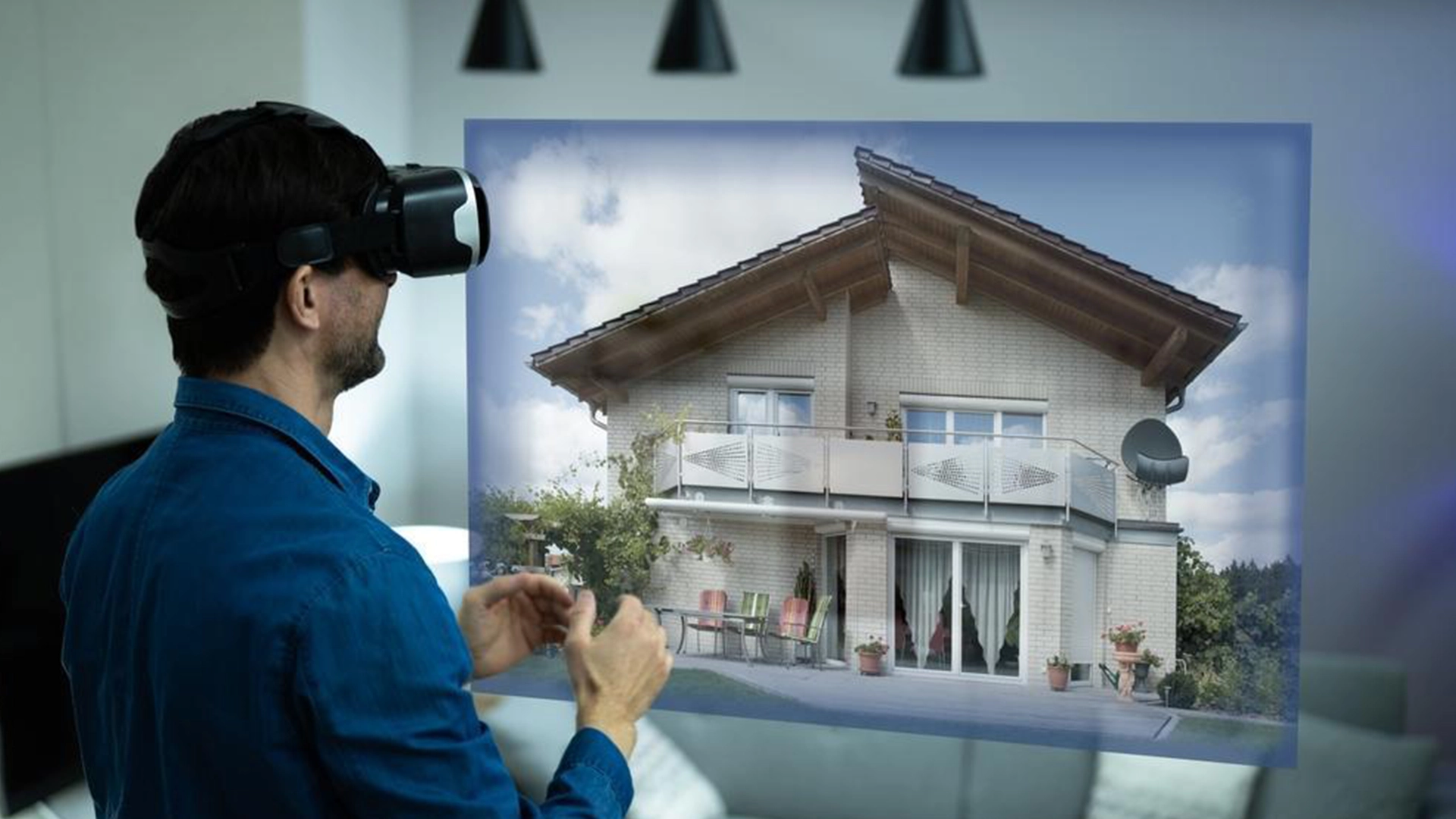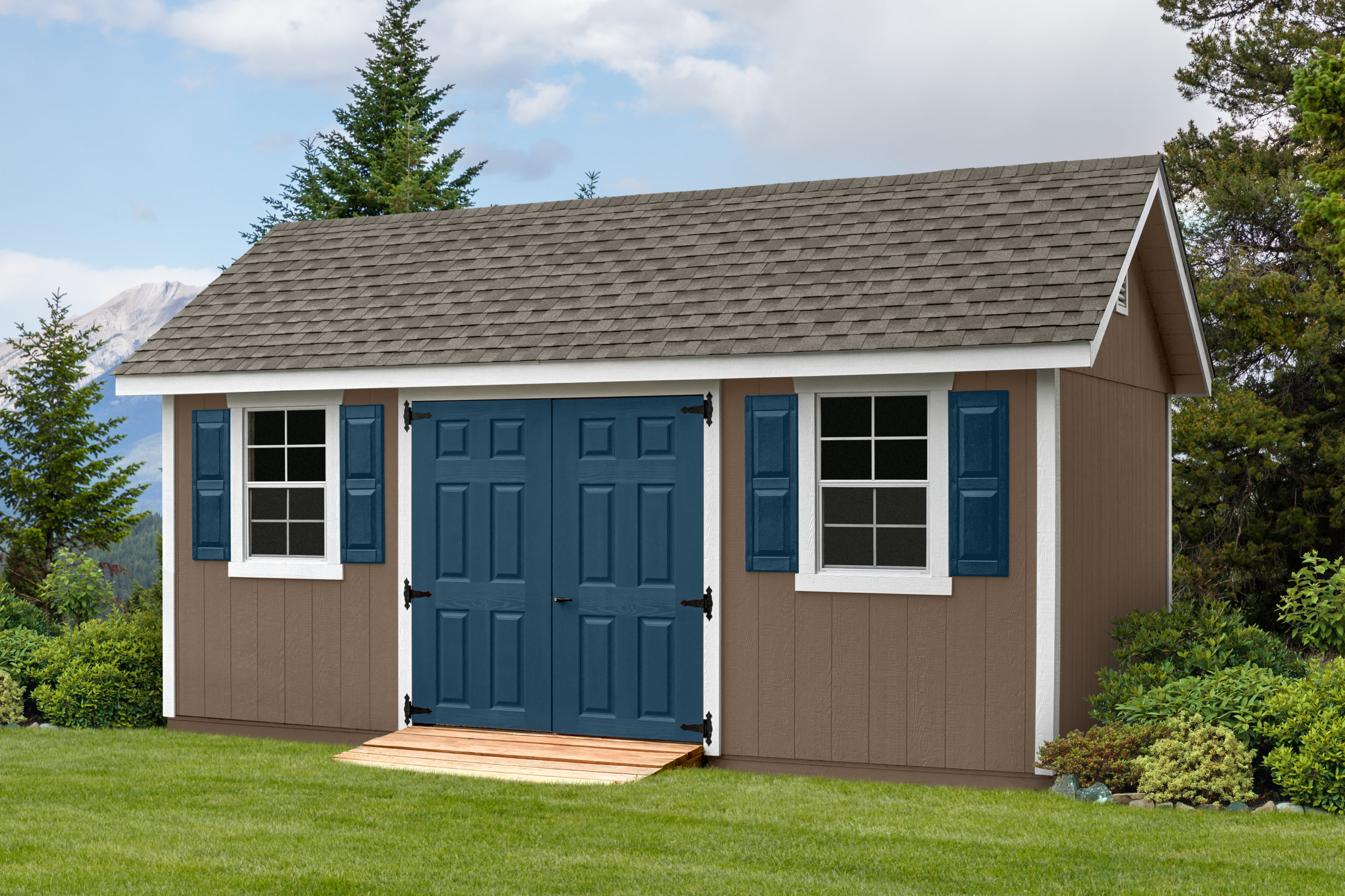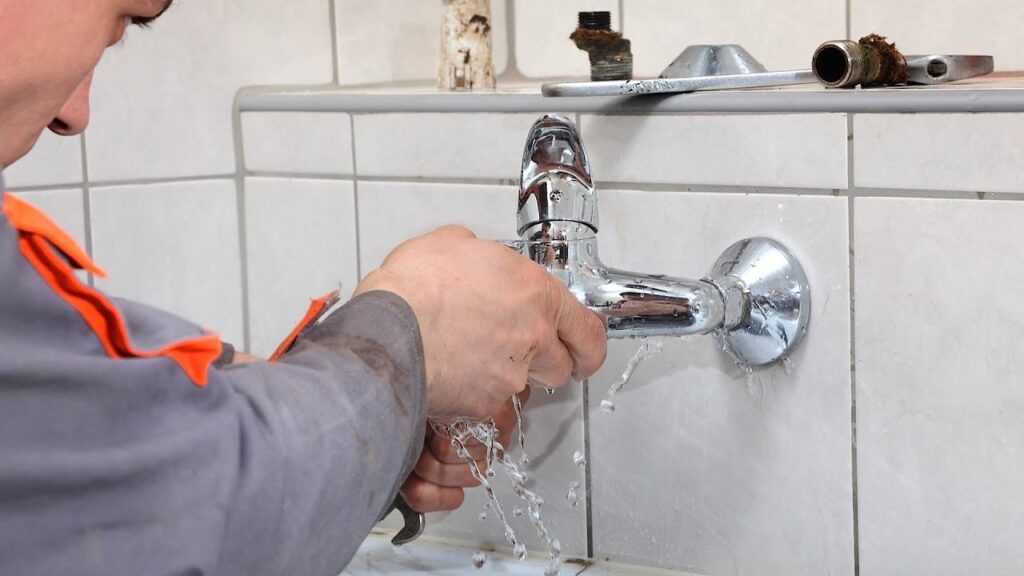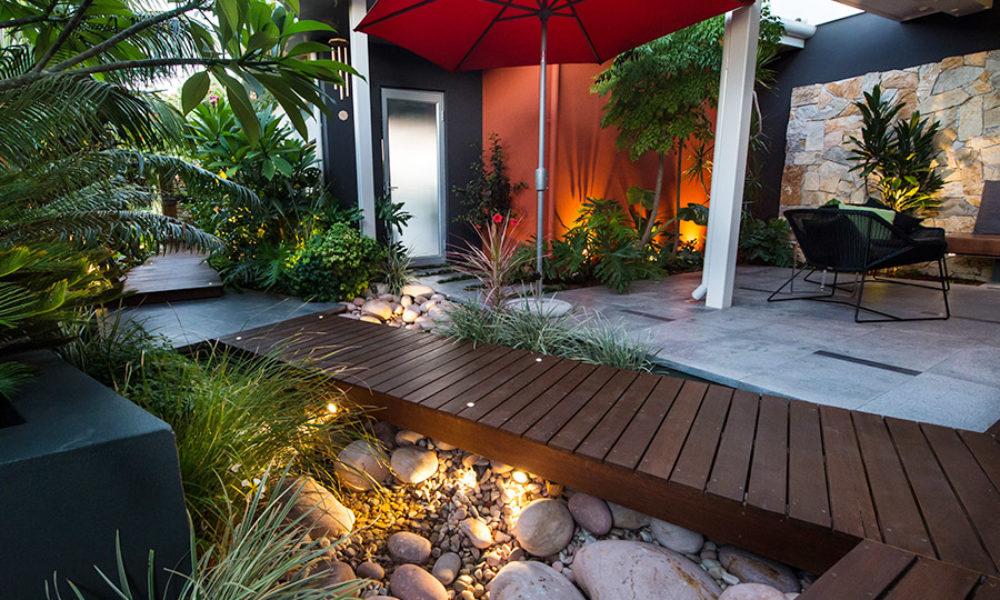Introduction
The tree may have been too close to the highway, or it may have become a hazard by being too close to the power and utility lines. Either way, it had to be cut down and now you’re left with a tree stump on your property. Now you need to figure out if you need to remove the stump or grind it down. For either option, you should hire a professional by searching for “tree service near me”. Let’s check out what’s the difference between stump grinding and stump removal:
The Details
- The key difference between stump grinding and stump removal – If you have a yard, you’re better off opting for a stump grind over a stump removal. During stump removal, apart from the base of the tree, the roots are also removed from the ground. That means the tree service company needs to use heavy machinery and mess up your yard.
Most homeowners have to spend a lot of time and money maintaining their turf. You won’t even think about stump removal if you have delicate landscaping features around the stump. If you had an old tree, it must have established a deep and wide network of roots. Removing all that wouldn’t be cost-effective or practical. The only scenario where you may opt for stump removal may be to clear the ground for new construction.
Stump grinding is a much more alternative and sustainable option since you can get rid of the obstruction without messing with the land. For stump grinding, the tree service company will bring a stump grinding machine and shave off the remaining wood above the ground. In either case, you are left with a hole in the ground. However, the hole is much smaller for stump grinding.
- Depth for stump grinding – Stump grinding machines come with all sorts of features. Depending on the tree service company you hire, they may have the latest tech that can grind stumps as far as 18 inches into the ground.
However, most homeowners don’t opt for that. The usual industry practice is to grind the tree till the trunk disappears. Trunk depth differs with each tree. You’ll need to go deeper for white oak, while the stump of cottonwood is shallower. The tree service company usually sends a local arborist to determine the trunk depth of your tree.
- Tree roots won’t grow a new tree – Most homeowners are curious about this option. They want to know whether the tree roots left under the ground after stump grinding would grow a new tree. The answer is a resolute no. The roots simply deteriorate and decompose over time.
That doesn’t mean you need to worry about structural vulnerabilities and sinkholes under your home. The roots are broken down by microorganisms very slowly over time and become a part of the ground. The process is so slow that even if the topsoil caves in a little bit, it won’t be noticeable for at least a decade.
- Replanting at the old stump – After stump grinding homeowners tend to plant a new tree in the new hole. You’re more likely to do this if you had some kind of emotional attachment to the tree and were very reluctant to get rid of it in the first place.
However, the roots left behind after stump grinding make it very difficult to grow a new tree on the same spot within a few years. The roots of your new plant would have to compete for space with the thick and established roots of the old tree. Moreover, when the old root decomposes, it also changes the acidity level of the soil and gives the new tree a hard time.
If you had something like a walnut tree, then the new plant is going to have an even harder time. These trees secrete juglone toxins and other types of toxic substances around the base of the soil. That prevents new plants from taking root. That’s why you won’t see any grass growing near the base of a walnut tree despite your best efforts.
To fix this issue homeowners are usually recommended to work around the acidity of the soil. That means you need to get your soil tested. You can collect the soil sample and send it to a soil testing facility closest to you. You’ll get the results within a few days for a small fee. The testing facility will also tell you how you can fix the acidity of the soil and make it more habitable. Otherwise, you can opt for stump removal and have a fresh layer of topsoil in your yard.
If you weren’t attached to the old tree, it’s best to grind the stump and leave that place barren for a few years. You can plant new trees in other parts of your property and even patch up the barren land with hardscaping or a calming water feature.
- Sawdust from stump grinding – As the name suggests, in stump grinding the trunk is shaved down by a machine. That means it will create a mountain of sawdust in your yard. Some tree service companies would also offer a complimentary cleanup service or charge a small fee to remove all that waste from your property.
Otherwise, you can take control and manage the waste yourself. The ample amount of sawdust can always go into the compost bin and give you that rich black goo to enrich your plants. Otherwise, you can use that sawdust to fill up the hole where the stump used to be. Let nature take its course and the sawdust would decompose and become a part of the ground in no time.
Conclusion
Now that you know all about stump removal and stump grinding, you can choose what you want for the remains of the old tree. Alternatively, you can also make an outdoor dining table on the tree stump if it’s large enough. To remove or grind the stump, search for “tree service near me” and hire a professional.










